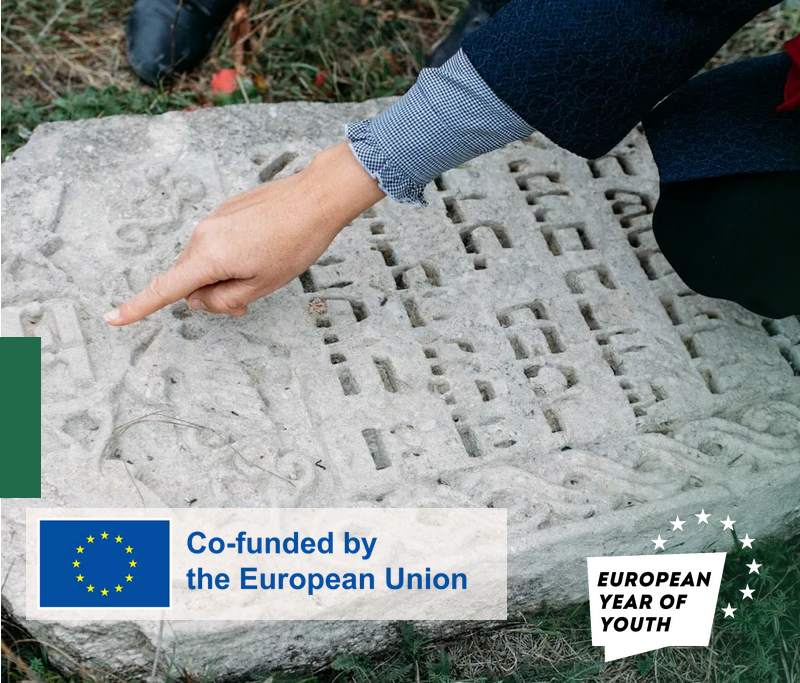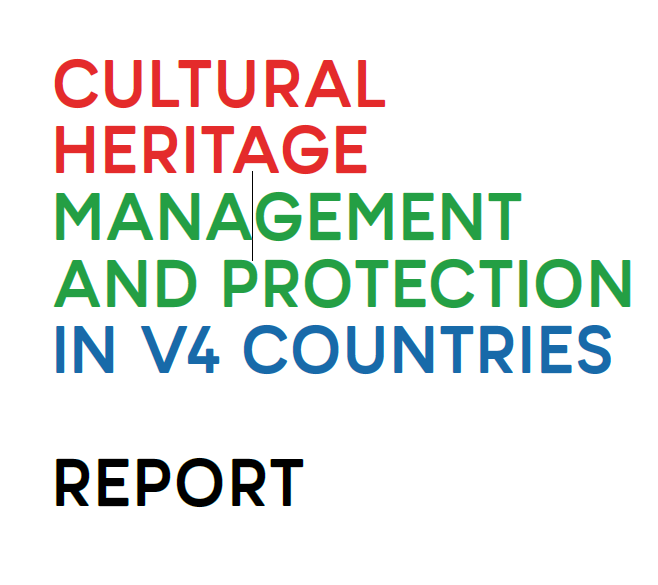Preserving Jewish Cemeteries in Central and Eastern Europe
A set of instructional handbooks of the “Protecting the Jewish Cemeteries in Central and Eastern Europe” project – from sustainable tourism and heritage preservation to Jewish cemeteries in the classroom, a range of publications and lesson plans in 6 languages (English, Hungarian, Lithuanian, Polish, Slovak, Ukrainian, Georgian) created by participants of teacher seminars and compiled by Jewish heritage experts. The project is an EU-funded pilot project. It is a joint effort by three leading Jewish heritage NGOs: ESJF European Jewish Cemeteries Initiative, Centropa, and the Foundation for Jewish Heritage taking place across seven European countries: Georgia, Hungary, Lithuania, Moldova, Poland, Slovakia, and Ukraine. The consortium aims to raise awareness on both the historical and contemporary significance of Jewish cemeteries in local communities, spearhead educational projects with the goal of incorporating Jewish cemeteries into school curricula, and help empower local actors to preserve their Jewish cemeteries. The ESJF Project hopes to preserve Jewish memory, especially in so-called ‘priority areas such as the former Soviet-bloc and South-Eastern Europe. It consists of a series of activities such as seminars, webinars, youth and art university competitions, and various forms of engagement with local institutions & NGOs.
Check more





